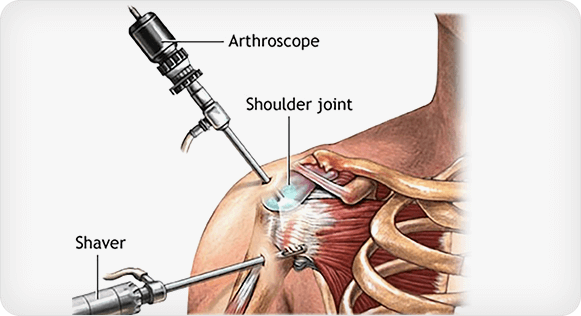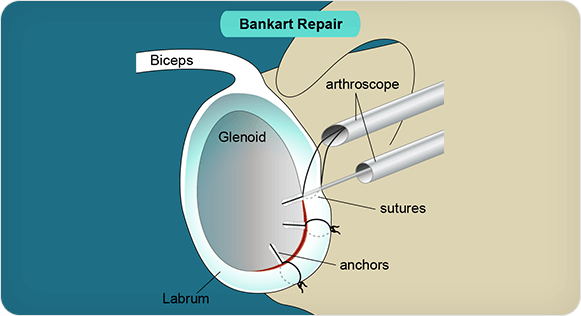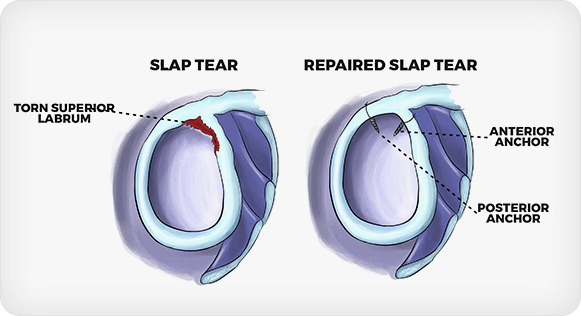- Overview
- Anterior Cruciate Ligament (ACL) Clinic
- Shoulder Labral Clinic
- Apollo Clinical Team
Treatment
Treatment for Labral tear or injury will vary depending upon the patient’s individual needs, type of tear, chronicity of tear, presence of concomitant injuries & functional demands of the patients
Nonsurgical Treatment
Certain labral Injuries could be managed non-operatively provided patient understands the pros & cons of this conservative treatment option & their determination in doing the exercise/rehabilitation programme.
Nonsurgical treatment may be effective for patients who are elderly or have a very low activity level. Poly Sling may be recommended to protect patient’s shoulder from instability.
Physical therapy: As the injury settles down, a careful rehabilitation program is started. Specific exercises will restore function to your shoulder and strengthen the rotator cuff & Peri-scapular muscles that support it.
Surgical Treatment
If a patient has got his shoulder labrum injured, patient might require surgery to regain full function of the shoulder & prevent future dislocations. This will depend on several factors, such as the severity of your injury, type of tear and your activity level.
Rebuilding or Reconstructing the labrum: Surgery to rebuild labrum is done with an arthroscope using small incisions. Arthroscopic surgery is less invasive. The benefits of less invasive techniques include less pain from surgery, less time spent in the hospital, and quicker recovery times.
SHOULDER ARTHROSCOPY:

ARTHROSCOPIC BANKART REPAIR:

ARTHROSCOPIC SLAP REPAIR:

Post-surgery, an athlete can return to sports only after complete healing happens, which is approximately nine months or more depending upon the patient’s condition. However, in some cases certain labral injuries will require open surgical procedure.
Shoulder Rehabilitation
Whether the treatment involves surgery or not, rehabilitation plays a vital role in getting the patient back to their daily activities. A physical therapy program will help them regain shoulder strength and motion.
In case of surgery, after a period of rest; physical therapy first focuses on returning motion to the joint and surrounding muscles. This is followed by a strengthening program designed to protect the repaired labrum. The final phase of rehabilitation is aimed at a functional return tailored for the athlete’s sport.
Injury Prevention
Proper training and exercise can help reduce the risk of Labral injury. A Sports Medicine specialist provides complete assessment, instruction and feedback that can help in reducing the risk.




